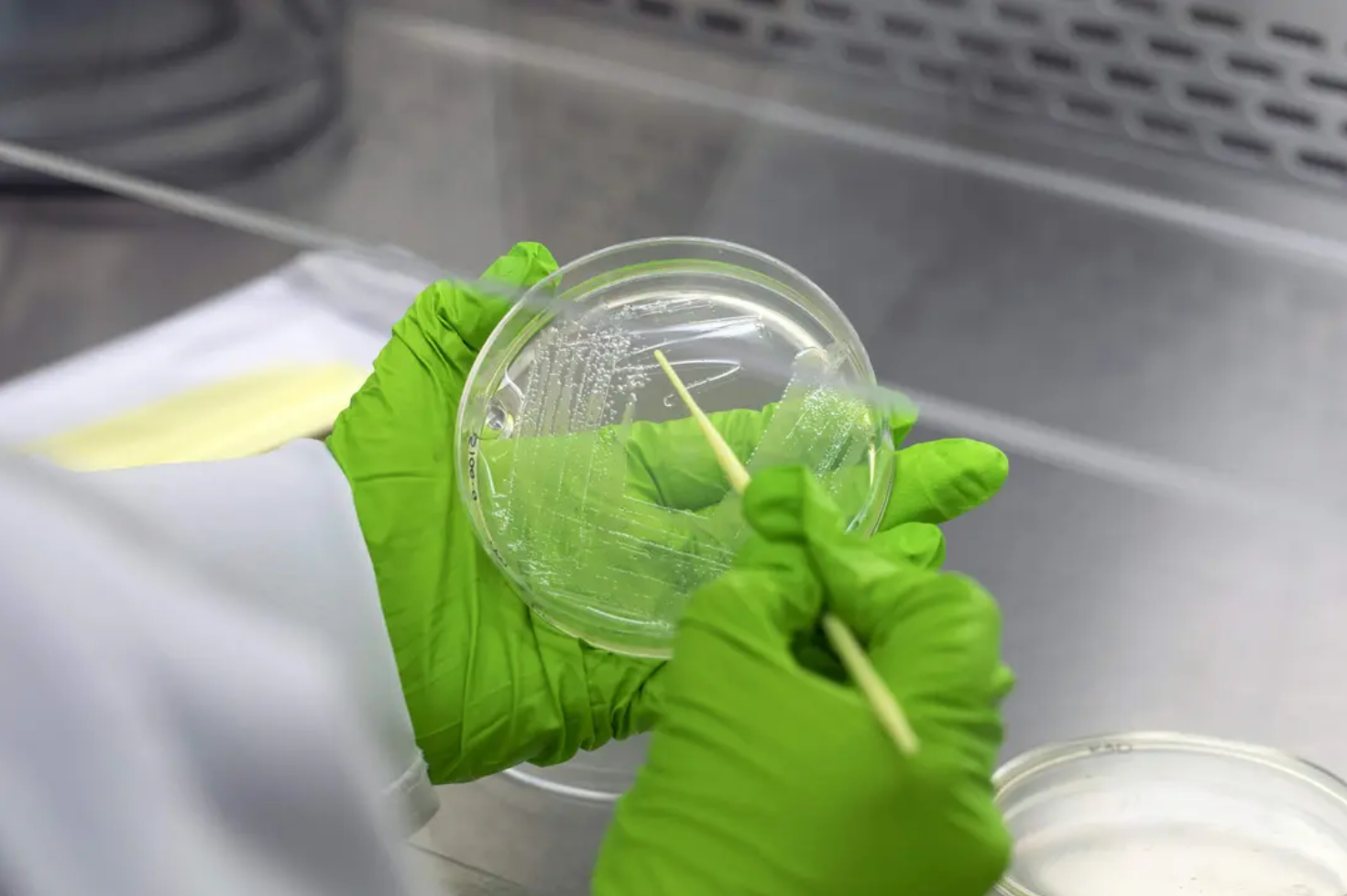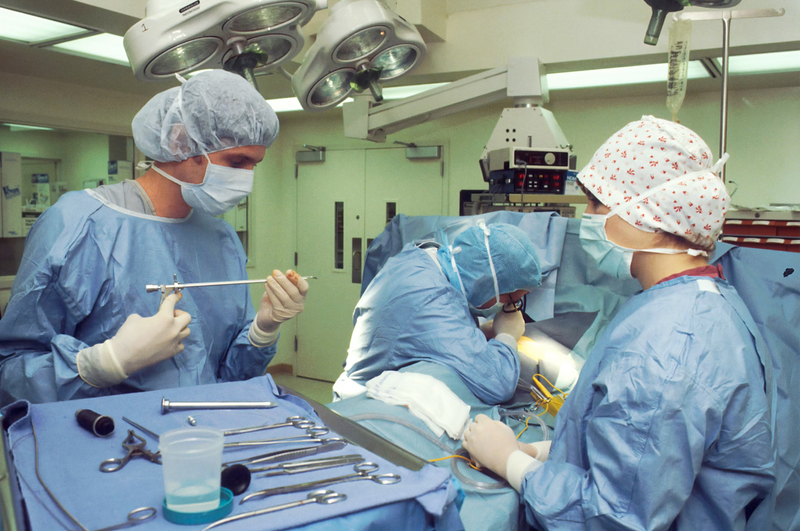UK Health Official: Antimicrobial-Resistant Bacteria Could Kill 40M by 2050
England's former chief medical officer, Dame Sally Davies, has warned that antimicrobial-resistant bacteria currently cause approximately 1M deaths annually.
Facts
- England's former chief medical officer, Dame Sally Davies, has warned that antimicrobial-resistant bacteria currently cause approximately 1M deaths annually. She projected that this figure will double by 2050, potentially claiming 40M lives over the next 25 years — particularly threatening the elderly.[1][2]
- Mortality rates from these types of bacteria have reportedly increased by 80% since 1990 for people over 70, while rates have decreased in children under five. This highlights a significant demographic shift in vulnerability.[3]
- Methicillin-resistant Staphylococcus aureus (MRSA) deaths reportedly more than doubled from 57.2K in 1990 to 130K in 2021, while carbapenem-resistant bacteria caused 216K deaths in 2021.[4]
- About 70% of all antibiotics produced are administered to livestock as growth promoters and disease preventives, creating reservoirs where resistant bacteria can evolve and spread globally through water systems and wind patterns.[2]
- Bacteria reportedly multiply every 20 minutes and can rapidly mutate in the presence of antibiotics, passing resistance traits to other bacteria through direct contact.[1][3]
- Since 2017, only 13 new antibiotic medications have been approved, with just two representing innovative chemical classes according to the World Health Organization.[3]
Sources: [1]GEO, [2]The Guardian, [3]TORRE and [4]Innovation News Network.
Narratives
- Narrative A, as provided by TORRE and The Guardian. The pharmaceutical industry lacks financial incentives to develop new antibiotics since these drugs are used infrequently compared to daily medications for chronic conditions, creating a dangerous innovation gap in addressing the antimicrobial-resistant bacteria crisis. This innovation gap needs to be crossed to ensure better preparedness for the future.
- Narrative B, as provided by Innovation News Network. Improving access to healthcare, enhancing infection prevention and control measures, and reducing inappropriate antibiotic use could reportedly save 92M lives between 2025 and 2050. This crisis is actually manageable right now if actions are coordinated immediately.
- Narrative C, as provided by Feedstuffs and NIH. Simplistic narratives that produce fear need to be avoided when it comes to the threat of antimicrobial-resistant bacteria. Solving this complex public health challenge requires careful research, comprehensive public health surveillance, and collaborative solutions. Alarmism does not help.







